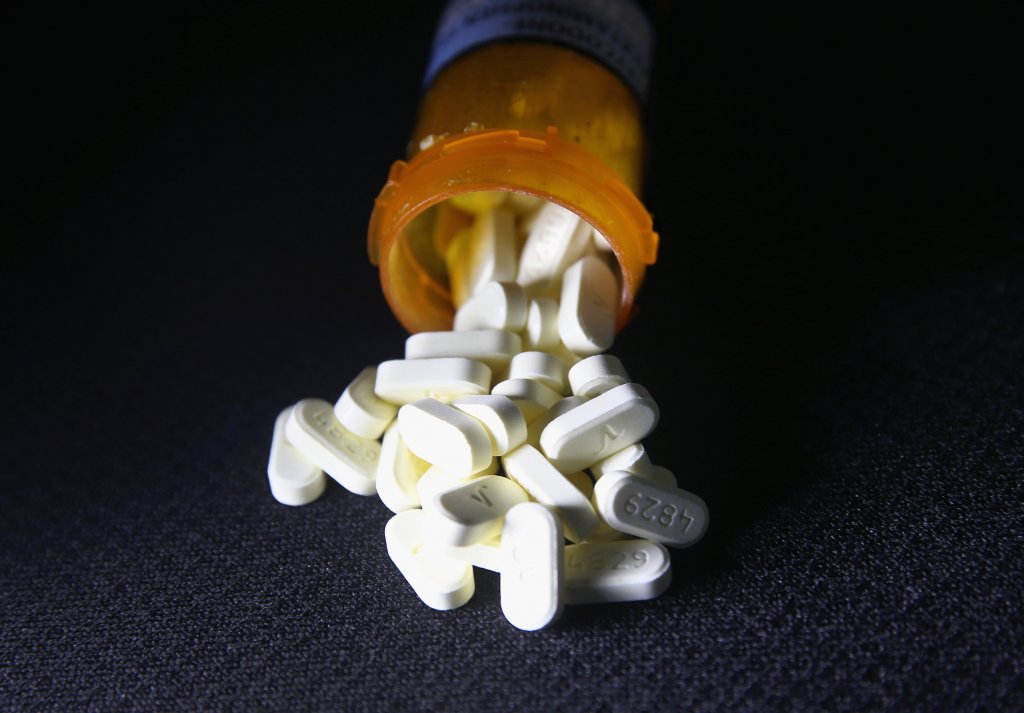
Oxycodone pain pills prescribed for a patient with chronic pain. | John Moore/Getty Images
Michigan saw a 5.7% decrease in the number of fatal overdose deaths in 2023, although there was a disparity in the declines across racial lines.
According to the Michigan Department of Health and Human Services (MDHHS), there were 2,826 overdose deaths recorded in 2023 compared to 2,998 deaths in 2022. MDHHS also noted that the overall overdose death rate has dropped from its peak of 31.1 deaths per 100,000 in 2021 to 28.2 last year, almost five times greater than the national decline seen in that same time frame.
“Michigan is a leader in addressing opioid addiction and has been recognized for our harm reduction efforts by the National Governors Association,” said Elizabeth Hertel, MDHHS director. “We will continue investing in programs that further our efforts to save lives by decreasing substance use disorders, expanding treatment options and improving recovery success.”
However, based on 2023 provisional data, Black residents in Michigan were 2.8 times and American Indian/Alaska Native residents were 2.2 times more likely to die of an overdose than white residents.
“Public health officials, state agencies and community partners have been working tirelessly to reverse overdose trends,” said Dr. Natasha Bagdasarian, the state’s chief medical executive. “The harm-reduction tools we have implemented are saving lives, but we must ensure that their benefits are felt equally across all communities, particularly among those residents who are disproportionately affected.”
In order to address the disparities in death rates, MDHHS says it is taking a data-driven approach to ensure substance use disorder funding reaches communities with the highest need.
“Limited access to care has been a key driver of racial disparities in Michigan communities, from the COVID pandemic to the opioid crisis,” said Tommy Stallworth, MDHHS senior advisor. “The state’s commitment to expanding funding for community-based and mobile health services is crucial. By including substance use disorder interventions and improving access to care in marginalized communities, the state is taking important steps toward addressing these disparities in a meaningful way.”
Officials credit the overall decline in the overdose death rate to a variety of factors, including public health measures like the launch of Michigan’s Naloxone Direct Portal, which provides the opioid overdose reversal medication at no charge to community groups and helps boost distribution of naloxone in high-risk areas. Additionally, the state has also increased access to fentanyl and xylazine testing strips, enabling individuals who use drugs to detect those dangerous substances and reduce their risk of accidental overdose.
Other initiatives include expanding the number of Medicaid substance use disorder (SUD) providers, launching early intervention treatment and referrals in select Federally Qualified Health Centers, Rural Health Clinics and Child and Adolescent Health Centers, and partnering with the Michigan State Housing Development Authority to expand recovery housing resulting in an additional 27 recovery homes with 79 additional recovery beds, prioritizing counties and populations with the highest need.
YOU MAKE OUR WORK POSSIBLE.

